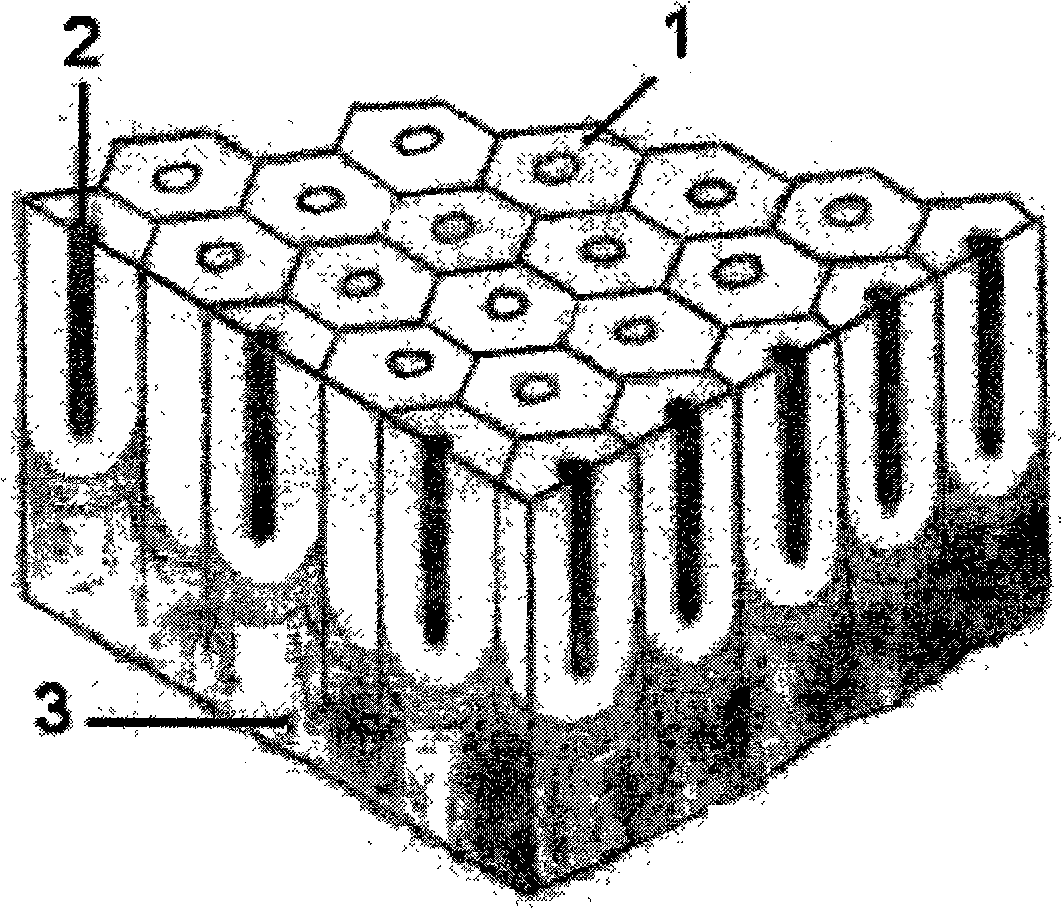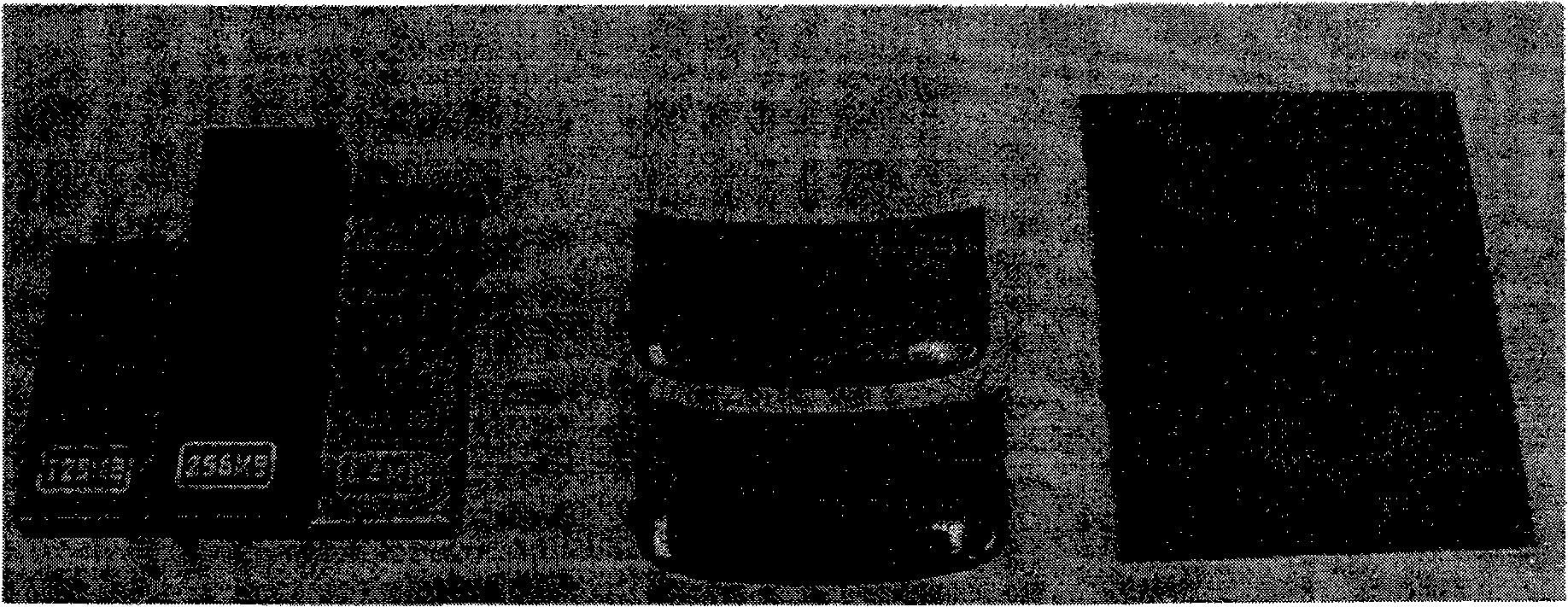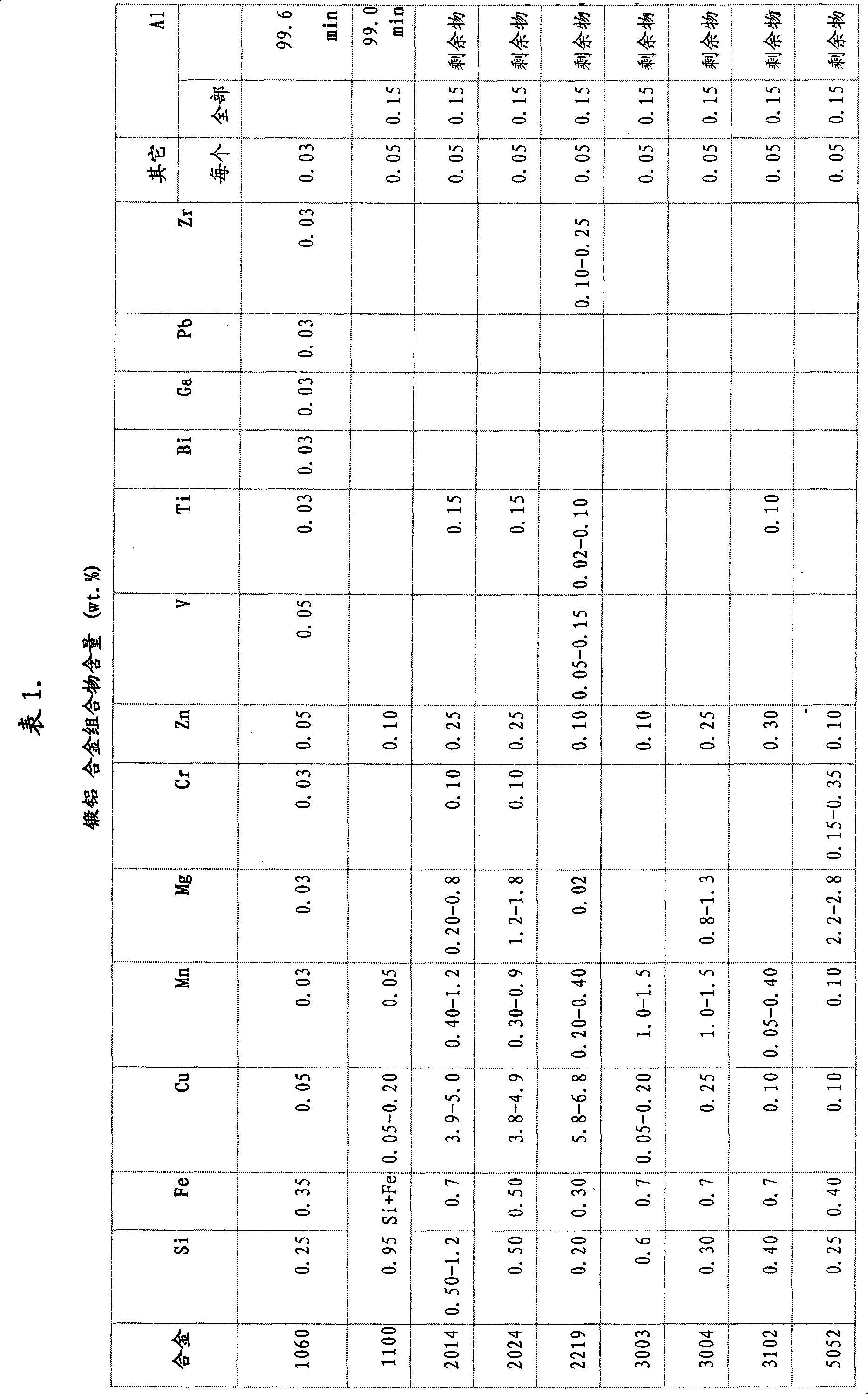Anodizing aluminium and alloys thereof
An anodic oxidation and anodic technology, applied in anodic oxidation, transportation and packaging, electrolytic coating, etc., can solve the limitation of the thickness of the second type of oxide layer, it is not easy to dye and polish, and the hardness of the oxide layer is not enough to be used as a decoration. Application and other issues
- Summary
- Abstract
- Description
- Claims
- Application Information
AI Technical Summary
Problems solved by technology
Method used
Image
Examples
Embodiment 1
[0090] Example 1 was prepared according to the following steps: anodizing aluminum alloy Al-6063 in an electrolyte solution containing water, sulfuric acid (180 g / liter electrolyte) and oxalic acid (16 g / liter electrolyte) at a temperature of about 10-16° C. artifact. The anodizing process is done sequentially in four steps, each step including a different current density and electrolysis time. The current density of the first step is 0-0.7A / dm 2 , for 10 minutes. The current density of the second step is about 0.7-2.0A / dm 2 , for 10 minutes. The current density of the third step is about 2.0-2.5A / dm 2 , for 10 minutes. The current density of the fourth step is about 1.5-2.5A / dm 2 , for 50 minutes. The current density is generated by a pulsed direct current (DC) having a voltage of about 20-24V. The first, second, and third pulse current sequences are 0.8 seconds on and 0.2 seconds off. The fourth pulsed current sequence was 0.6 seconds on followed by 0.4 seconds off....
Embodiment 2
[0091] Example 2 was prepared according to steps similar to Example 1, except that the workpiece was dyed blue.
Embodiment 3
[0092] Example 3 is prepared according to the steps similar to Example 1, except that the workpiece is dyed red.
PUM
| Property | Measurement | Unit |
|---|---|---|
| thickness | aaaaa | aaaaa |
| surface | aaaaa | aaaaa |
| thickness | aaaaa | aaaaa |
Abstract
Description
Claims
Application Information
 Login to View More
Login to View More - R&D
- Intellectual Property
- Life Sciences
- Materials
- Tech Scout
- Unparalleled Data Quality
- Higher Quality Content
- 60% Fewer Hallucinations
Browse by: Latest US Patents, China's latest patents, Technical Efficacy Thesaurus, Application Domain, Technology Topic, Popular Technical Reports.
© 2025 PatSnap. All rights reserved.Legal|Privacy policy|Modern Slavery Act Transparency Statement|Sitemap|About US| Contact US: help@patsnap.com



